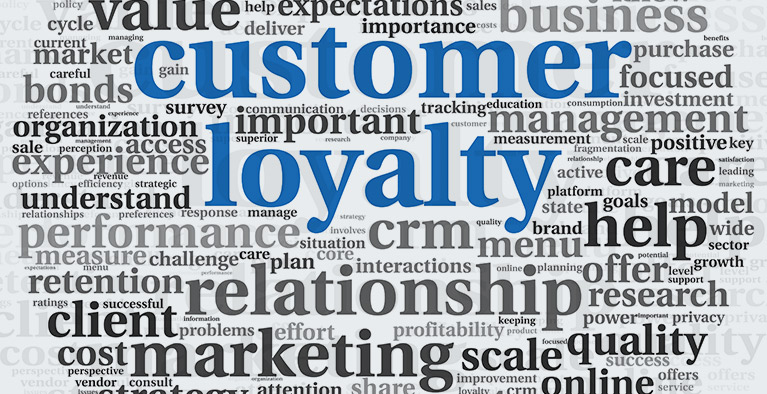Until a few years ago, most retail loyalty programs were all about handing a card with a Rewards number with primary focus on rewarding shoppers based on their spend. Reward typically implied reduced pricing achieved in the form of (i) redemption of earned points towards a purchase, or (ii) a deeper discount for being part of the loyalty club, or (iii) simply access to ‘special’ member pricing.
With increasing competition, introduction of new channels of shopping (brick and mortar vs. online), increasing number of millennials driving consumption; retailers are being pushed to rethink their loyalty program. While retailers may think loyalty is dead and shoppers are simply seeking for the best price, several studies indicate that the new age shopper tends to be loyal to brands/retailers – they are not loyal to just ONE SINGLE retailer for their shopping needs.
Today’s shoppers do not equate loyalty program to a discount alone. They seek a loyalty program which offers value. This value implies:
Personalized benefits:
Receiving product or offer recommendations that’s relevant to his/her purchase needs. Shoppers want discounts, but also want personalized service or attention which improves their shopping experience. Examples of personalized services could be (i) free valet parking, (ii) free delivery service, (iii) access to a personal shopper or stylist, (iv) express checkouts for high spenders.
Convenience:
Ability to redeem rewards earned in any format. Gone are the days when shoppers carry printed or digital reward coupons to be able to redeem the rewards. Shoppers demand that retailers know them and are able to pull up and apply the relevant rewards/offers earned towards the purchase.
Timely rewards:
Ability to redeem rewards timed to shoppers’ purchase cycle.
While shoppers have become more demanding, they’re also more open to sharing their information in exchange for value.Big Data platforms, solutions and services can help marketers redesign their loyalty program that can create a win-win offering for both the shopper and the retailer. Here’s how:
Data Capture:
Big data platforms give retailers the ability to gather and store large volumes and different kinds of data. Big data solutions can store not only structured data such as shoppers’ loyalty rewards earn/burn and purchase transaction history but also unstructured data such as online browsing history, feedback/survey, shopper call logs and engagement on social media brand assets. These different data elements help retailers get a comprehensive view of their shoppers.
Data Analytics:
Big data solutions can execute analytics at scale and quickly generate different shopper personas with richer insights. Based on shopper personas, marketers can define loyalty programs to achieve the desired behavior – i.e.: (i) increase repeats, (ii) increase spend; (iii) acquire; (iv) retain at-risk of churn/churned shoppers; (v) increase profits. Simultaneously, marketers can identify shopper personas to map relevant incentives to drive behavior – (i) offer discounts and/or (ii) offer service perks.
Process automation:
Big data technologies have made it possible (i) to automate the data collection and storage process, (ii) run analytics to deliver shopper insights quickly, (iii) deliver personalized product or reward to each shopper based on his/her channel of engagement , purchase history, intent to purchase and timing, and (iv) to track metrics and change in customer behavior to measure the success of the loyalty program.
How are you using Big Data to improve your loyalty program? What challenges do you face? Share your thoughts ……..
Related Solution: Transform your Customer Marketing with Manthan’s Customer Analytics Solution



























